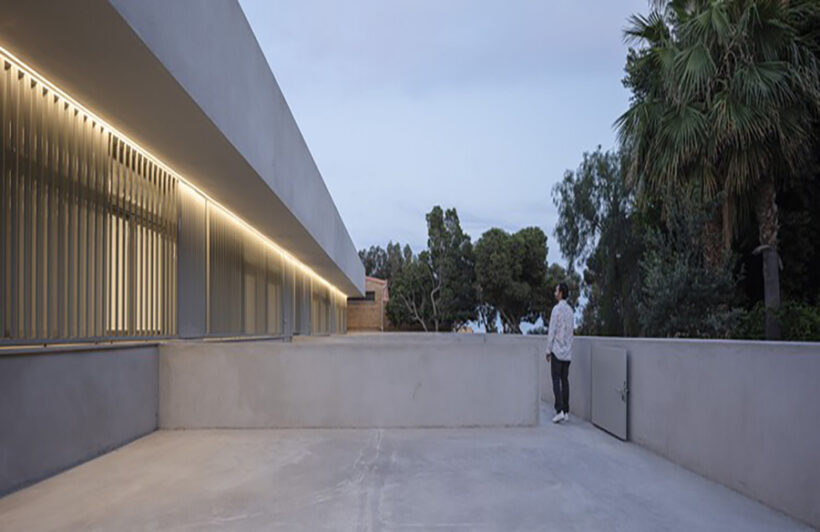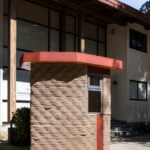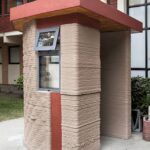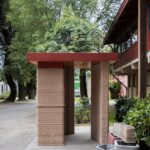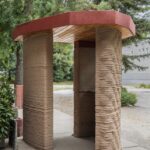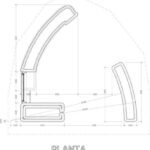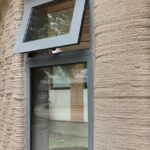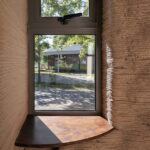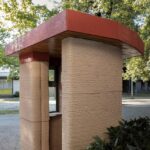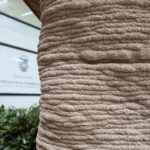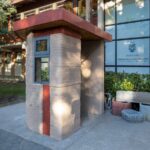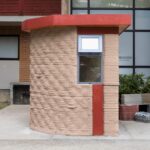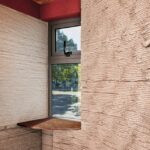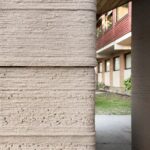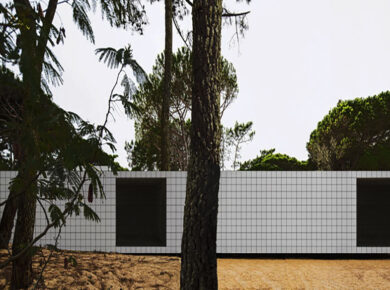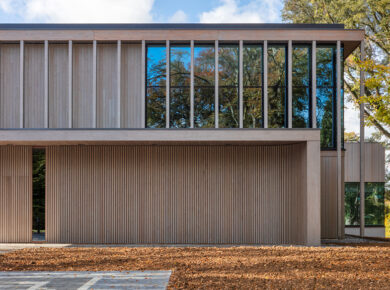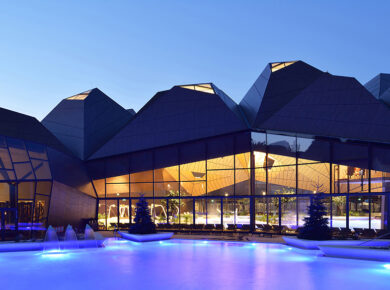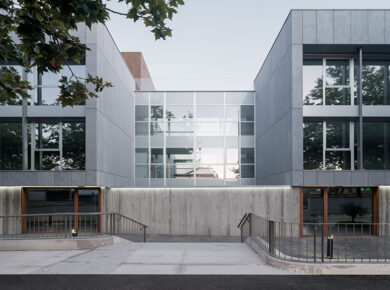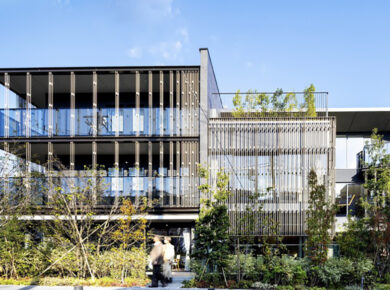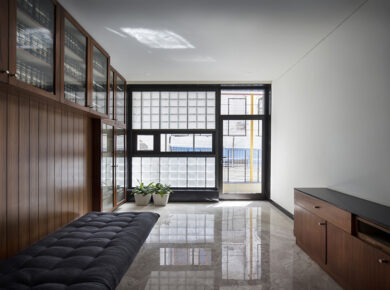A Technological Breakthrough by Universidad del Bío-Bío
In a remarkable feat of innovation, the architects at the Universidad del Bío-Bío have successfully completed the first 3D-printed construction project in Chile and the southern cone of Latin America. Led by architects Rodrigo García Alvarado, Pablo Banda, and Kevin Mendez, this groundbreaking endeavor took place on the Concepción Campus, introducing a small surveillance cabin that serves as a testament to the advancements made by UBB in additive manufacturing technology.
Embracing Additive Manufacturing for Construction Revolution
The project marks the inception of 3D-printed construction in Chile, showcasing the university’s commitment to testing and advancing additive manufacturing technology. The small surveillance cabin stands as a pioneering example, demonstrating the potential to revolutionize construction practices. The architects achieved this by formulating a printing mixture optimized for local materials and utilizing an industrial robot to create construction elements. The project has now expanded its scope with the incorporation of a large-format printer capable of constructing entire houses.
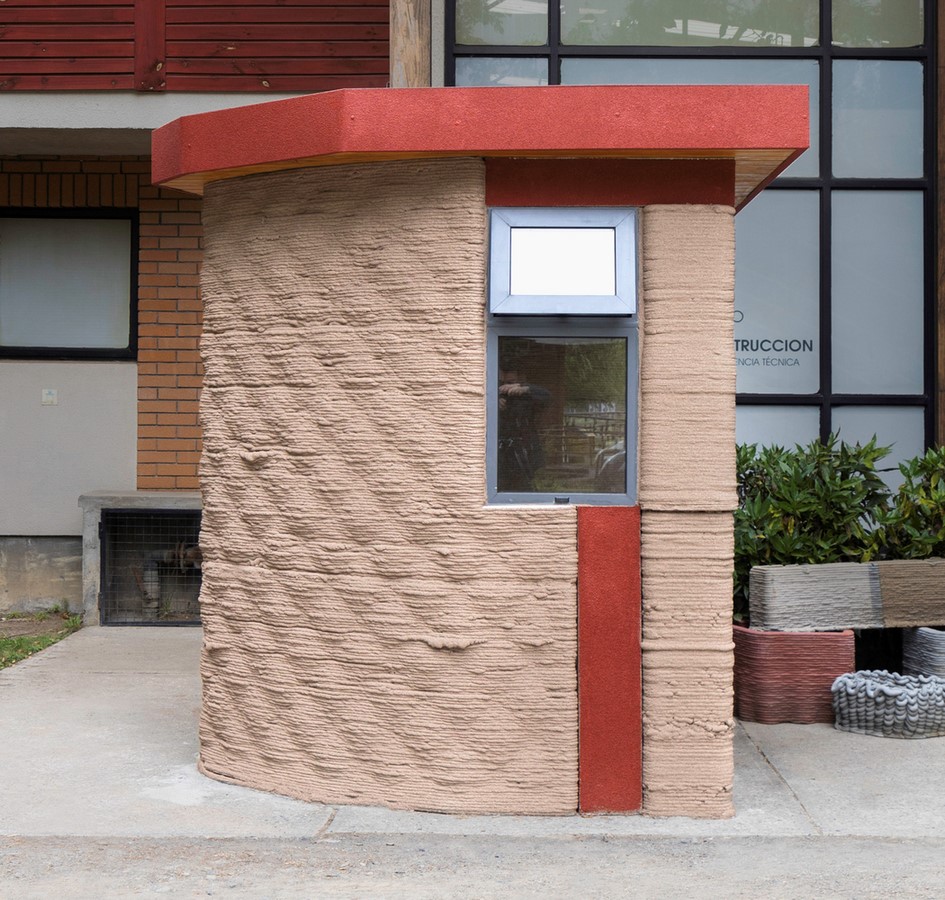
Eco-Efficiency and Sustainability at the Core
The 4 m² printed cabin boasts concrete walls, each taking a mere 40 minutes to produce. This significant reduction in execution time not only minimizes resources, waste, and transportation but also contributes to greater eco-efficiency and sustainability, coupled with increased durability. The architects integrated windows, seals, reinforcements, roofs, finishing coatings, and thermal insulation to meet high-quality and habitability standards. Additionally, innovative experiments were conducted with curved shapes for enhanced structural stability, textured surfaces for improved thermal and acoustic dissipation, and an overall elevation of architectural expression.
Overcoming Challenges in Chile and Latin America
While 3D-printed construction gains global traction, its introduction in Chile and Latin America faced challenges due to severe seismic conditions and diverse climates demanding reinforced buildings. The U.Bío-Bío’s Additive Manufacturing Group for Construction (MACO-UBB) addressed these challenges by adapting the technology to local conditions. Their research efforts have paved the way for collaboration with national companies, showcasing a repertoire of advanced equipment tailored for construction development. This initiative extends to promoting these capabilities throughout Latin America, with the goal of enabling the promotion of 3D-printed buildings across the continent.
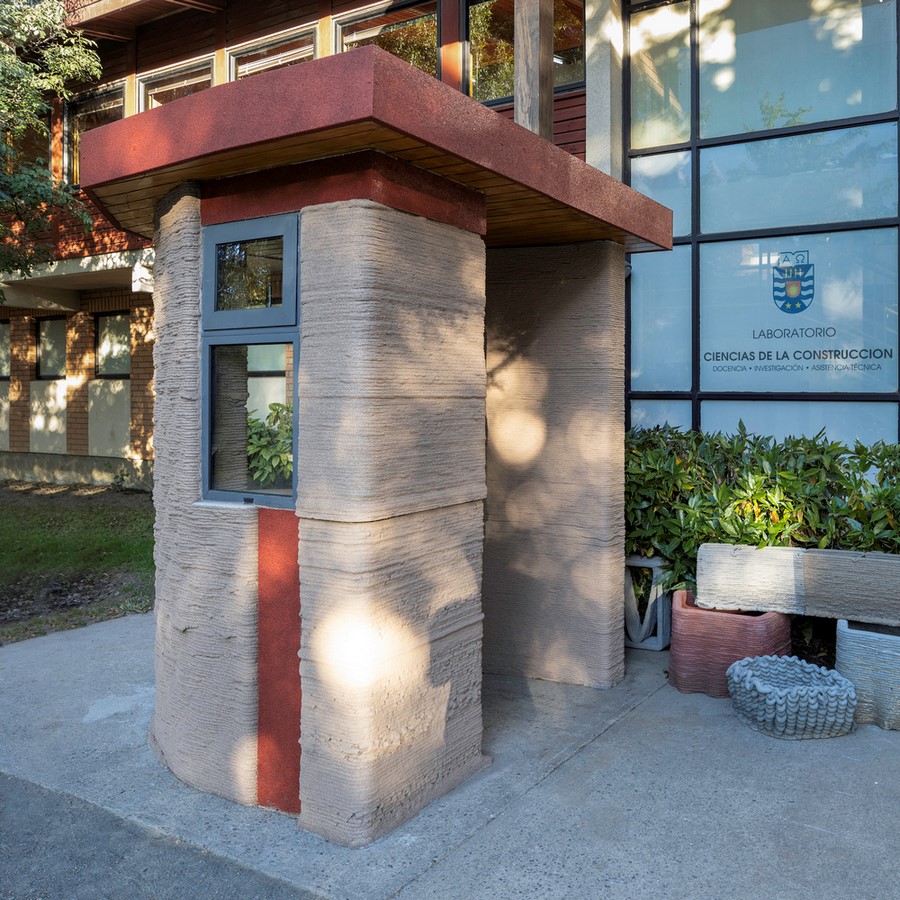
Meeting Housing and Urbanization Demands
The printed cabin serves as an inaugural step towards the development of 3D-printed construction with diverse architectural designs catering to different geographies and cultural contexts. Beyond its symbolic significance, the cabin demonstrates the effectiveness of this construction alternative, showcasing the seamless integration of traditional components and 3D-printed elements with high technology. This achieves an admirable quality of execution and presentation, paving the way for future advancements in the field.
In conclusion, the unveiling of the 3D-printed cabin in Concepción stands as a milestone in construction technology, affirming the viability of 3D printing in the built environment.
